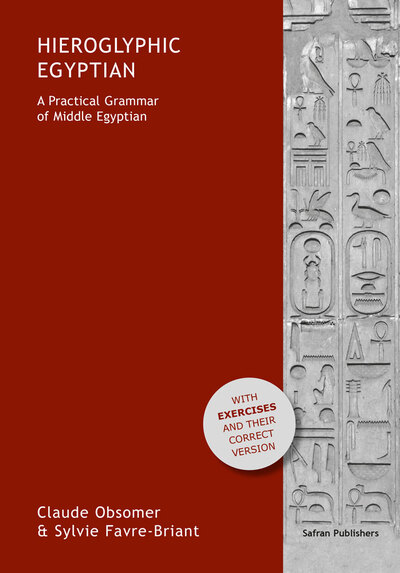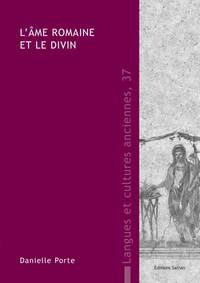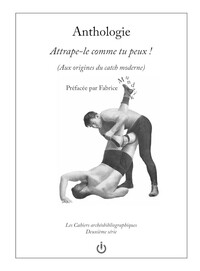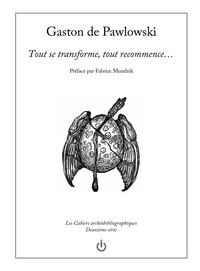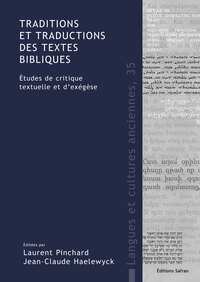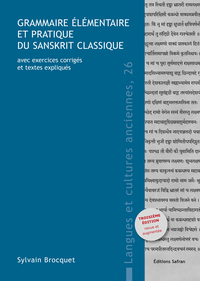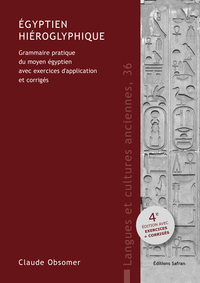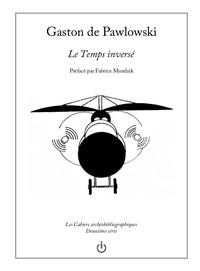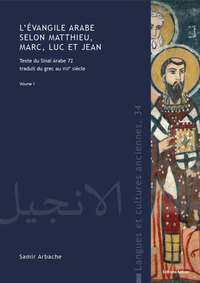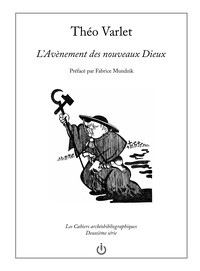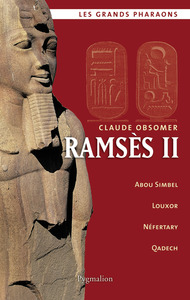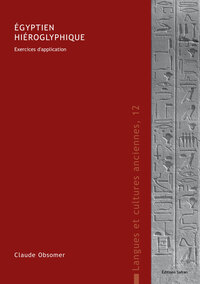Nous utilisons des cookies pour améliorer votre expérience. Pour nous conformer à la nouvelle directive sur la vie privée, nous devons demander votre consentement à l’utilisation de ces cookies. En savoir plus.
HIEROGLYPHIC EGYPTIAN. A PRACTICAL GRAMMAR OF MIDDLE EGYPTIAN
EAN : 9782874570841
Édition papier
EAN : 9782874570841
Paru le : 4 févr. 2016
75,00 €
71,09 €
Disponible
Pour connaître votre prix et commander, identifiez-vous
Notre engagement qualité
-
 Livraison gratuite
Livraison gratuite
en France sans minimum
de commande -
 Manquants maintenus
Manquants maintenus
en commande
automatiquement -
 Un interlocuteur
Un interlocuteur
unique pour toutes
vos commandes -
 Toutes les licences
Toutes les licences
numériques du marché
au tarif éditeur -
 Assistance téléphonique
Assistance téléphonique
personalisée sur le
numérique -
 Service client
Service client
Du Lundi au vendredi
de 9h à 18h
- EAN13 : 9782874570841
- Réf. éditeur : LCA23
- Collection : LCA
- Date Parution : 4 févr. 2016
- Disponibilite : Disponible
- Barème de remise : NS
- Nombre de pages : 384
- Format : H:21 mm L:235 mm E:165 mm
- Poids : 1.401kg
- Interdit de retour : Retour interdit
- Résumé : This manual presents a pedagogical approach to the grammar of Middle Egyptian, the classical language of pharaonic Egypt. It is the English version of the second edition of the Grammaire pratique du Moyen Egyptien, published in the same Series. The first part of this grammar book is dedicated to hieroglyphs. It provides an explanation of this writing system, presenting a selection of the 200 most important signs to memorise, as well as a basic vocabulary list that is easy to learn. Another page of this webpage includes an animation showing how to draw all these signs ( See). The grammatical commentary begins with an overview of the main types of clauses attested. It goes on with a systematic study of nouns and associated elements (adjectives, determiners, genitive constructions, prepositions, pronouns), the examination of non-verbal clauses, for which a verb “to be” will be introduced in the English translation, and the description of suffix and non-suffix verbal forms (morphology and syntax). It closes with a summary of the uses of auxiliaries and particles. In addition to the grammatical explanations, the work presents a series of common phrases and expressions: names of kings and individuals, a selection of anthroponyms and titles, and expressions used in traditional funerary inscriptions. The work continues with a list of more than 800 signs, a vocabulary list of more than 2,300 words, the references to the examples quoted, and a chronological table. The third part concludes with a series of exercises and their correct version.

